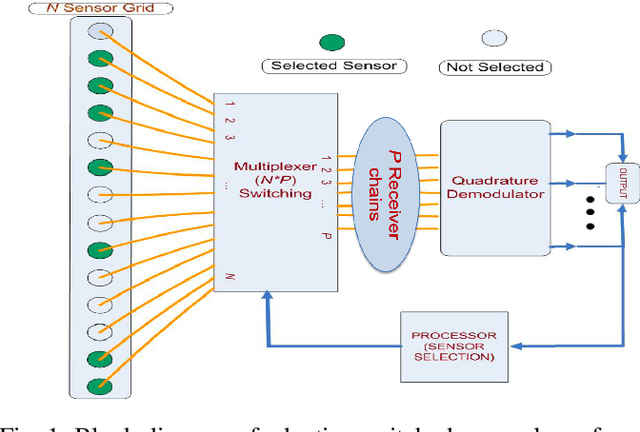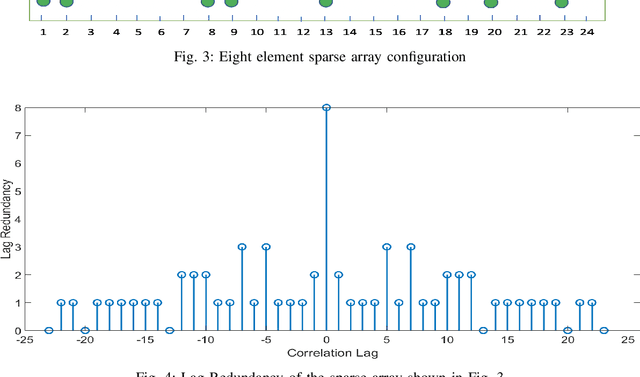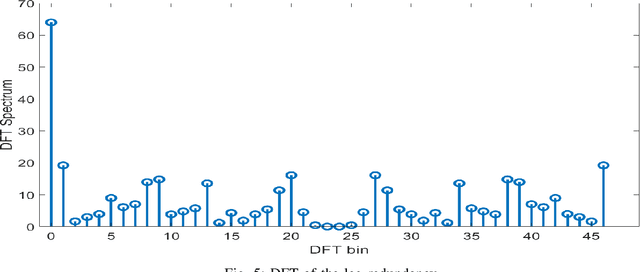Sparse Array Capon Beamformer Design Availing Deep Learning
Paper and Code
Aug 20, 2021



The paper considers sparse array design for receive beamforming achieving maximum signal-to-interference plus noise ratio (MaxSINR). We develop a design approach based on supervised neural network where class labels are generated using an efficient sparse beamformer spectral analysis (SBSA) approach. SBSA uses explicit information of the unknown narrowband interference environment for training the network and bears close performance to training using enumerations, i.e., exhaustive search which is computationally prohibitive for large arrays. The employed DNN effectively approximates the unknown mapping from the input received data spatial correlations to the output of sparse configuration with effective interference mitigation capability. The problem is posed as a multi-label classification problem where the selected antenna locations achieving MaxSINR are indicated by the output layer of DNN. In addition to evaluating the performance of the DNN in terms of the classification accuracy, we evaluate the performance in terms of the the ability of the classified sparse array to mitigate interference and maximize signal power. It is shown that even in the case of miss-classification, where at least one sensor location doesn't match the optimal locations, the DNN effectively learns the sub-optimal sparse configuration which has desirable SINR characteristics. This shows the ability of the DNN to learn the proposed optimization algorithms, hence paving the way for efficient real-time implementation.
 Add to Chrome
Add to Chrome Add to Firefox
Add to Firefox Add to Edge
Add to Edge